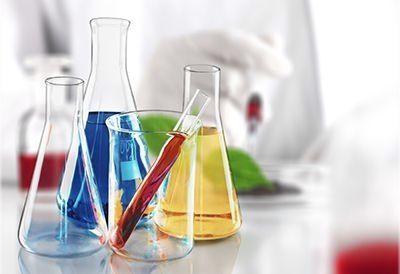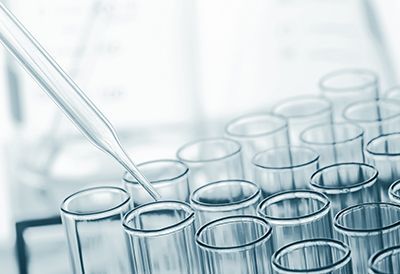Chromatography
Chromatography is a pivotal technique for analytical testing. The techniques are often used to analyse API’s, excipients, intermediates and final products. BCM has vast experience in a number of chromatographic analysis.
High Performance Liquid Chromatography (HPLC)
High Performance Liquid Chromatography (HPLC) is a very popular separation technique. HPLC analyses compounds that are thermally labile and therefore unsuitable for GC. Sample solutions are often prepared alongside a standard solution of known concentration. These solutions are injected into a stream of liquid mobile phase. The mobile phase then passes through a stationary phase, i.e. HPLC column. Then finally passes through a HPLC detector. The combination of the stationary and mobile phase causes the compounds in the product to separate. This separation happens prior to passing through the detector.
The main detection method used in HPLC is the absorption of ultraviolet light. However, this is reliant on the compound containing a chromophore. Where UV detection is not a suitable option, we use other detection techniques. Refractive index (RI) and Mass Spectroscopy (MS) are two alternatives to UV detection.
BCM Analytical services is home to a number of HPLC systems with a variety of detection methods – UV, RI, MS and DAD (Diode array detection).
Gas Chromatography (GC)
Gas chromatography (GC) is a very popular technique. Vaporising whilst separating volatile compounds without feat of decomposition.
The mobile phase for GC analysis is a gas, with the most common gases being helium or nitrogen. The compounds travel through the stationary phase in the form of a GC column, glass packed or capillary column. There are a number of GC detection methods, with the main method being Flame Ionization Detector (FID).
Thin Layer Chromatography (TLC)
Thin Layer Chromatography (TLC) is one of the more traditional techniques still used for analytical testing. TLC is still very present in pharmacopeia methods for raw materials; however, it is also used to analyse some finished products. As TLC is very similar to HPLC, it uses a liquid mobile phase combined with a stationary phase, usually a TLC plate. The main detection method is visual assessment, usually aided by UV light or a spray reagent.


New Paragraph
ALSO SEE: RAW MATERIAL TESTING RELEASE TESTING SPECTROSCOPY
Do you have a question?
Feel free to contact us!
